While wheat starch is more commonly used for bread-making, it is also a primary thickening and stabilizing agent in soups, sauces and even a great binding agent for dumpling rolls. If you often make homemade pasta and noodles, wheat starch should be one of your must-haves in the kitchen.
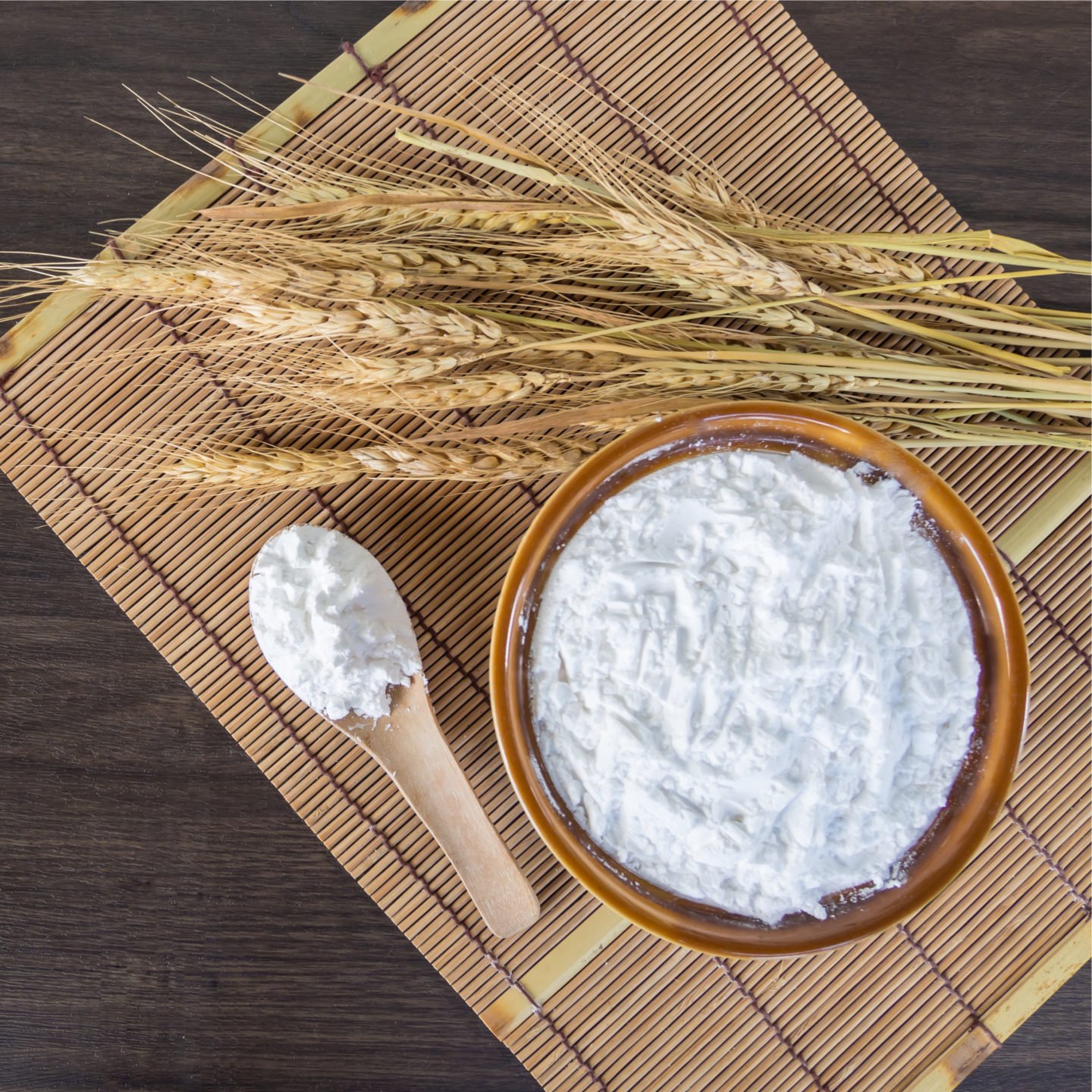
But if you run out of wheat starch and need an immediate substitute, corn starch and rice starch are great non-root alternatives. Potato starch, tapioca starch, arrowroot powder, mung bean starch, and sweet potato starch are excellent root starches that thicken at lower temperatures than wheat starch. Keep on reading to know what alternative works best for you.
Table of Contents
Best Wheat Starch Substitutes
1) Corn Starch
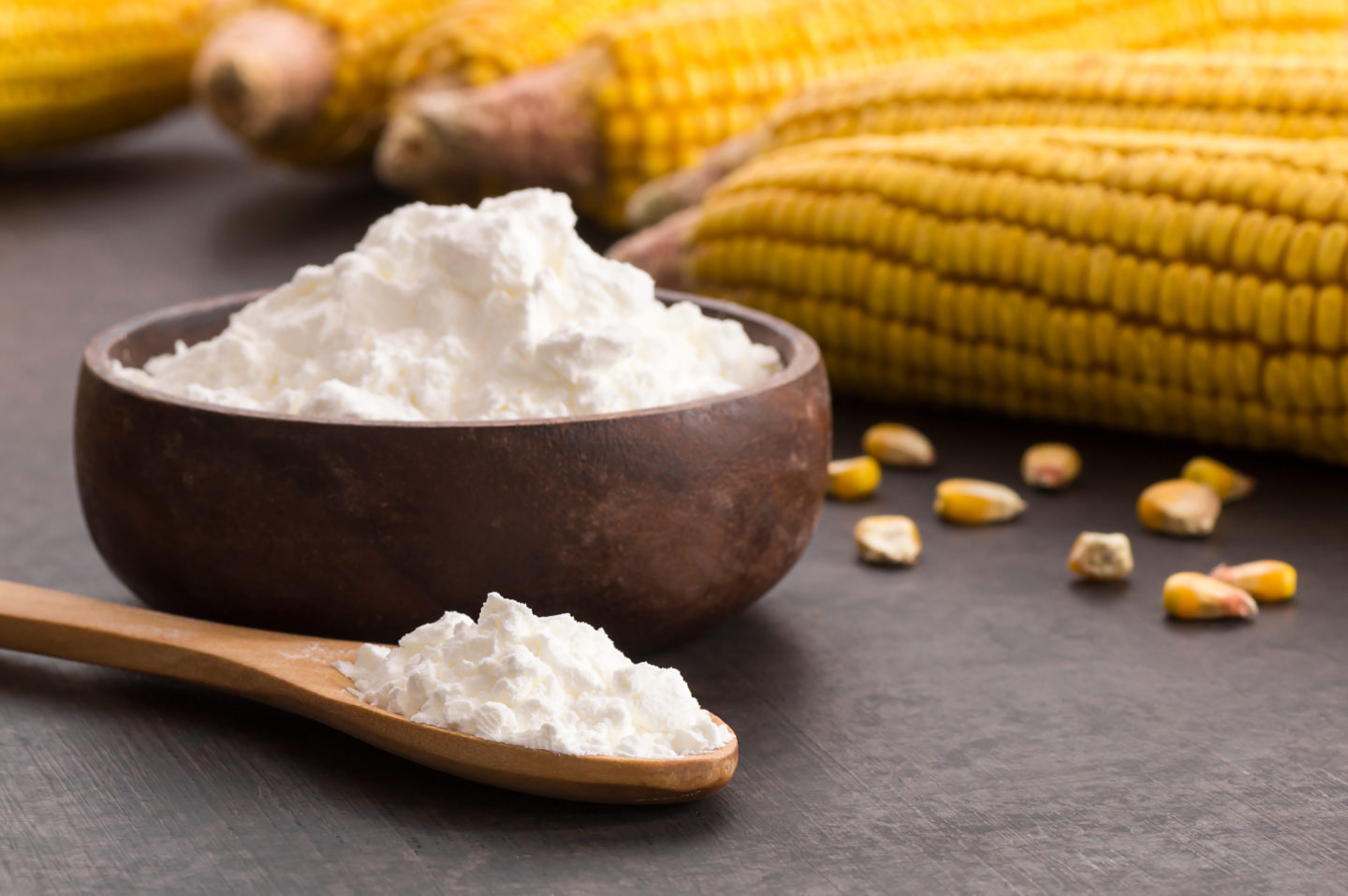
Like wheat starch, corn starch has a neutral flavor that makes it an excellent substitute for sauces and soups. In fact, due to higher availability, corn starch is a more commonly used thickening agent than wheat starch. Corn starch is the best wheat starch substitute since it doesn’t change the flavor and acts as a great overall stabilizing agent.
Another thing that makes corn starch a great alternative is the absence of gluten. As an overall thickener, corn starch is useful in making soups, stews, and sauces. When used as a substitute, you can simply replace each tablespoon of wheat starch with one tablespoon of corn starch. The neutral flavor blends well with all types of dishes you wish to make.
2) Potato Starch
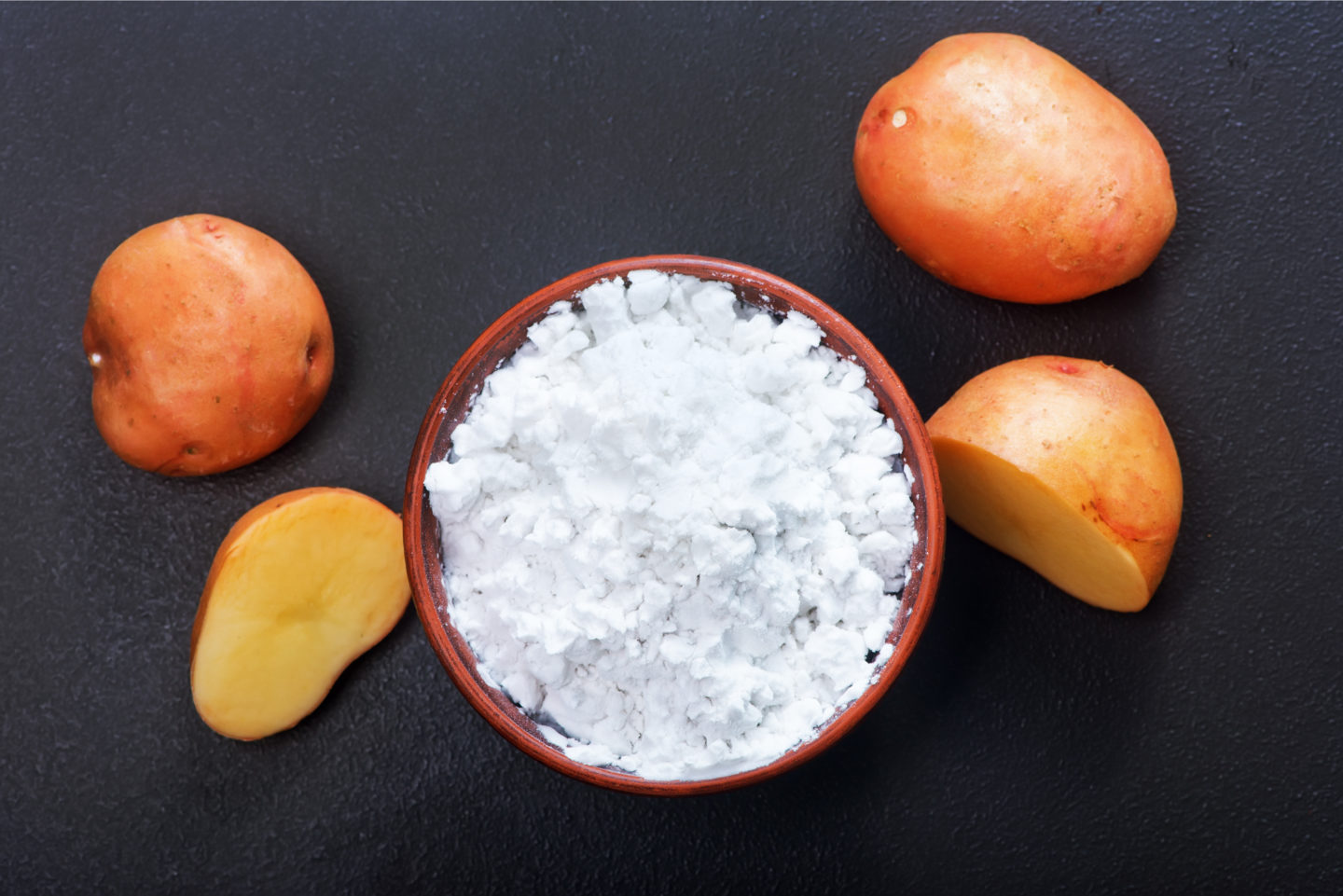
Potato starch is another excellent native wheat starch substitute with a neutral taste. The starch component is released by extracting the powder from freshly mashed potatoes and grinding them into a fine powder.
While potato starch is a root crop and gluten-free, it is, on the other hand, heavy in carbohydrates and has a small amount of fat and protein due to the refining process. To put it another way, this is calorie-dense like potato flour.
When used as a wheat starch substitute, you can follow a 1:1 wheat starch to potato starch ratio. Although used in the same manner, the main difference is the heat capacity. Potato starch is a root starch that cannot tolerate high temperatures and might break down when boiled for too long.
3) Tapioca Starch
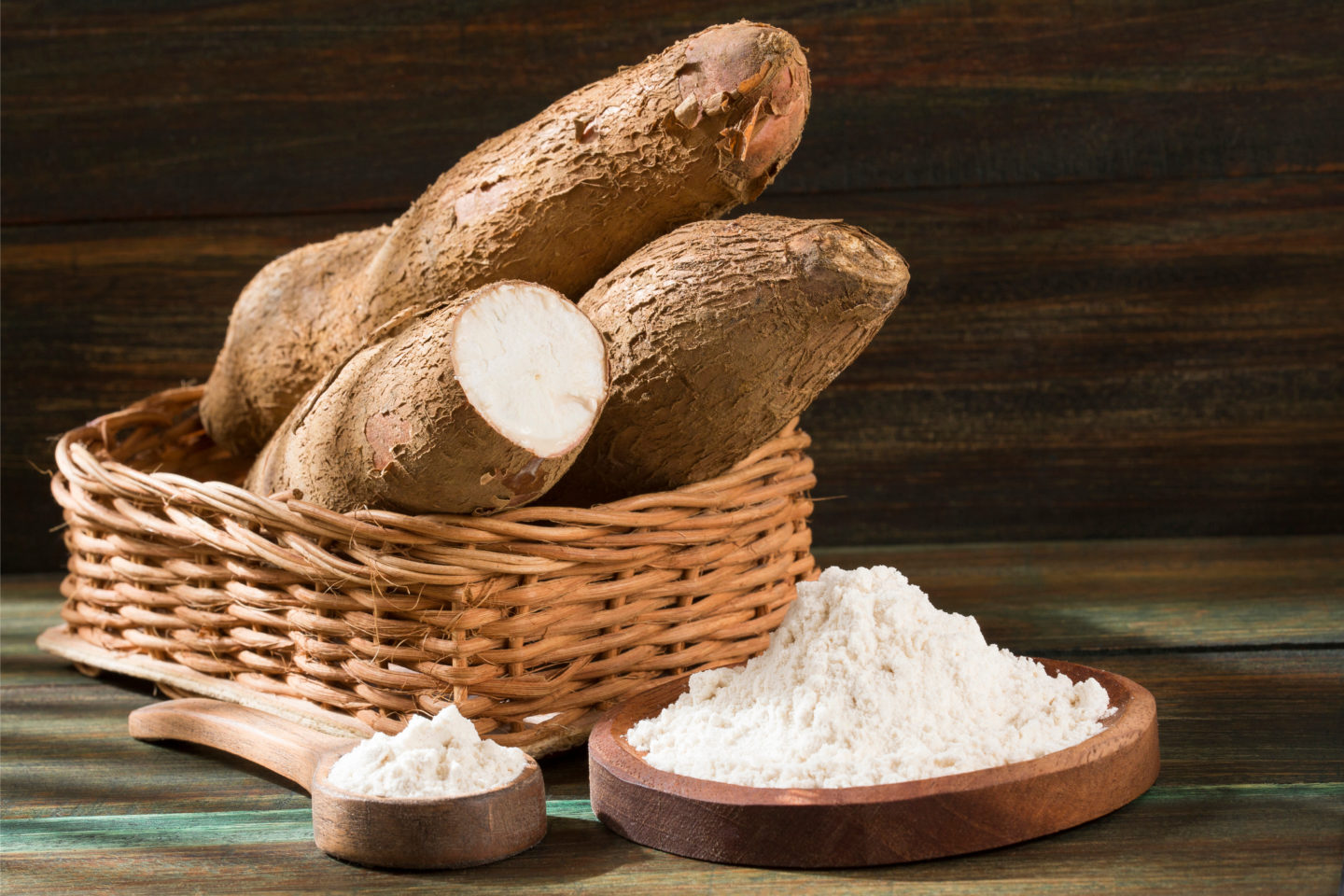
You may be familiar with cassava, a vegetable that belongs to the same peppery family as potato and is grown worldwide. Like the wheat starch alternative above, this substitute is simple to use, versatile, and gluten-free.
Tapioca is ground to generate a starch-rich liquid, dried, and then refined to make tapioca starch. However, we recommend only buying from trusted sources, as tapioca starch may contain cyanide which can cause serious health issues.
When used as a substitute, you can replace every tablespoon of wheat starch with two tablespoons of tapioca starch. Tapioca starch thickens at 212 degrees Fahrenheit but remains stable when refrigerated. In addition, it adds a glossy finish to dishes and leaves a slightly sweet taste, making it great for balancing salty dishes.
If you already have tapioca flour or cassava flour, you can make use of that, too.
4) Rice Starch
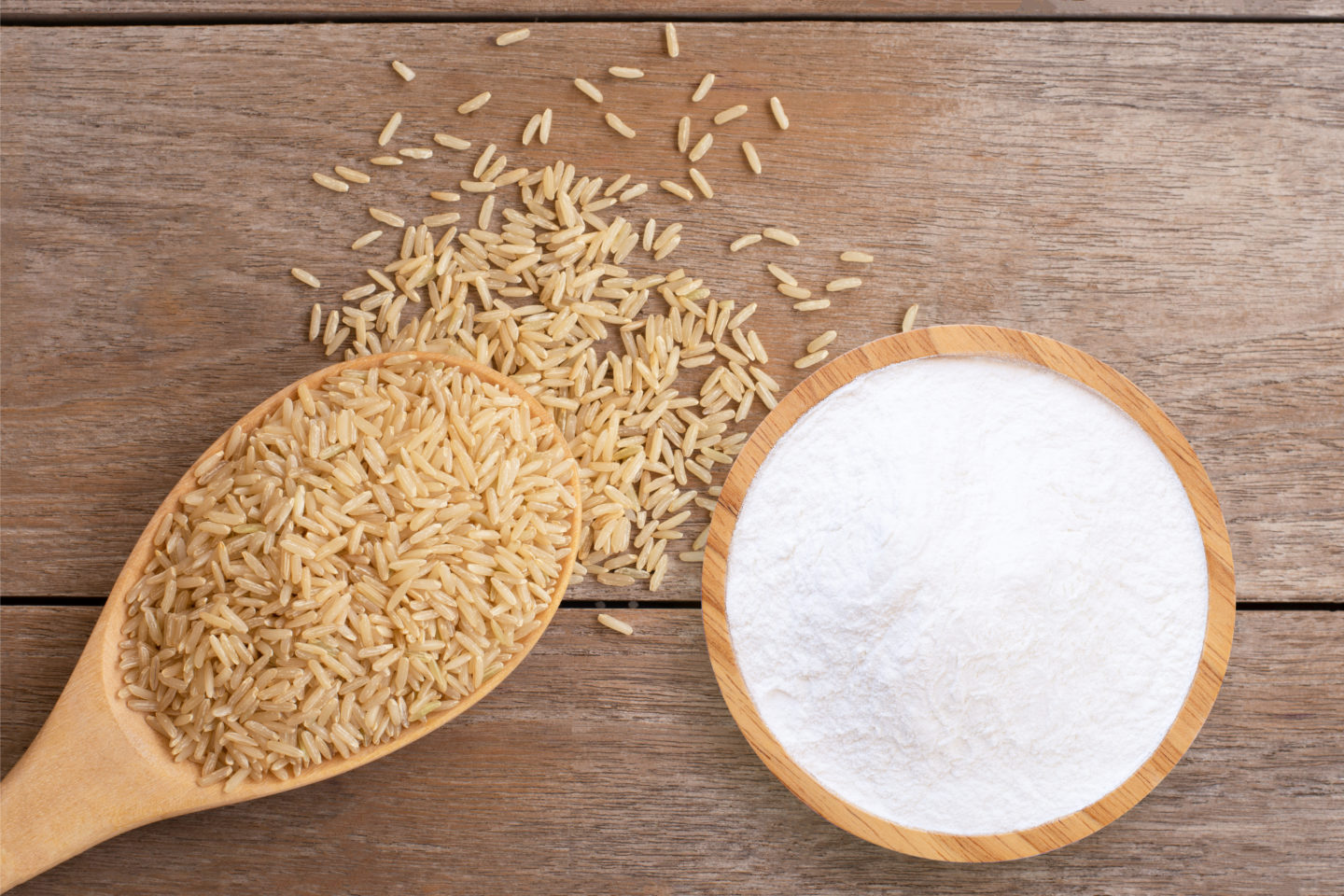
Rice starch may not be the first thing that comes to mind regarding native wheat starch alternatives, but its neutral taste and white color resemble wheat starch. When placed in hot water, rice starch creates a silky smooth and creamy consistency that goes well with soups and sauces.
Although you might think that rice starch contains a lot of gluten because it comes from rice, the starch part is gluten-free and is safe for those with gluten intolerance. If you don’t have any issues with gluten, you can also use rice flour to thicken sauces. It contains a great binding component and has more protein and nutrients than rice starch.
To use as a substitute, you can replace every tablespoon of wheat starch with ⅓ tablespoon of rice starch. The measurement may vary depending on the dish you’re making, but you can start with that substitution and just add more when needed.
5) Arrowroot Powder
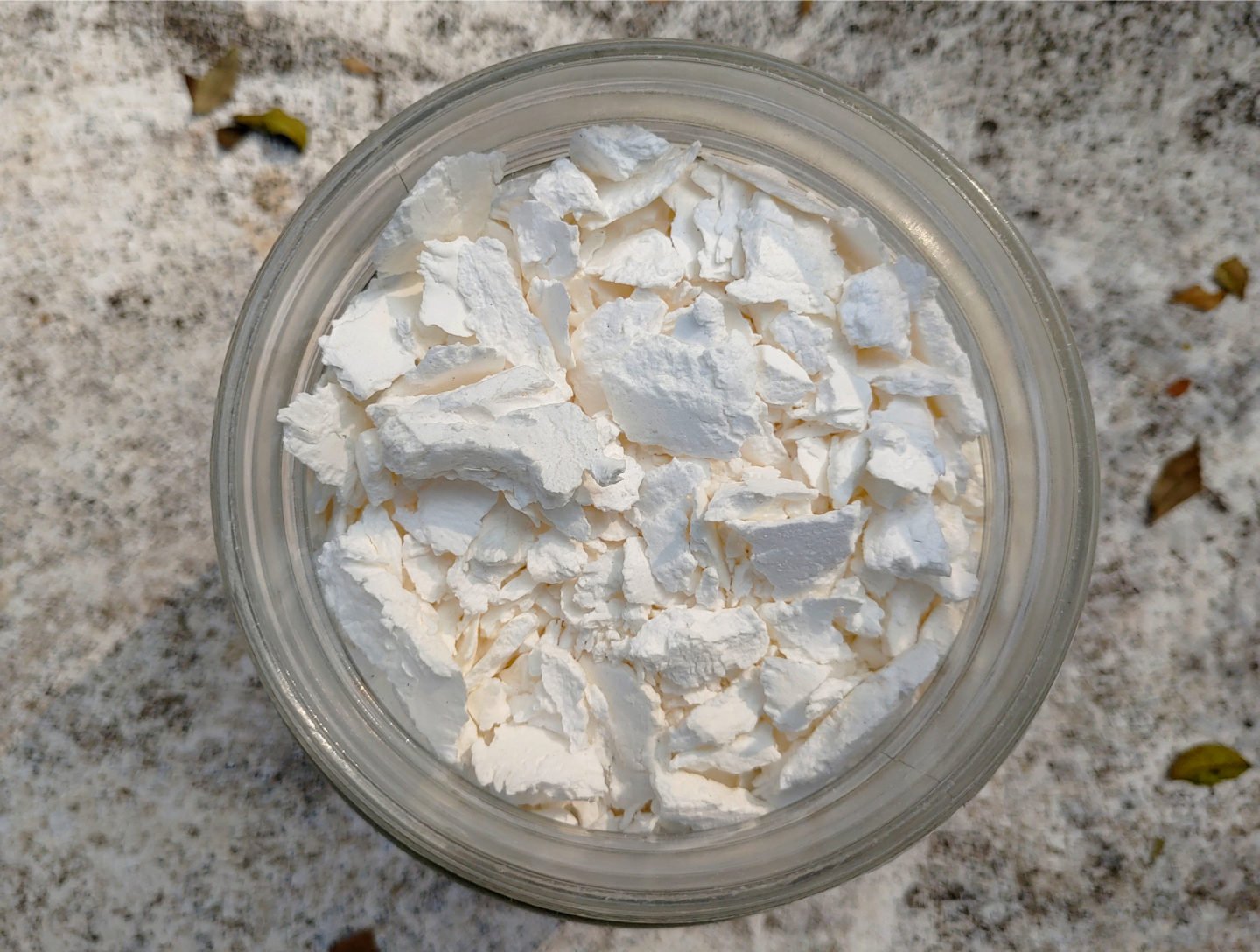
Arrowroot powder is made from the root of the tropical plant M. arundinacea, which looks like a cassava or yucca plant. If you follow a gluten-free or Paleo diet, you can use arrowroot powder to thicken sauces or added to frying batters. Arrowroot is abundant in fiber, B vitamins, and iron and is easily digested. It can also lower blood cholesterol while promoting blood circulation.
When substituting arrowroot for wheat starch, use double the amount of arrowroot. So if the recipe needs a tablespoon of wheat starch, just replace that with two tablespoons of arrowroot. One great thing about arrowroot starch is its ability to remain stable in acidic environments.
6) Ground Flaxseed
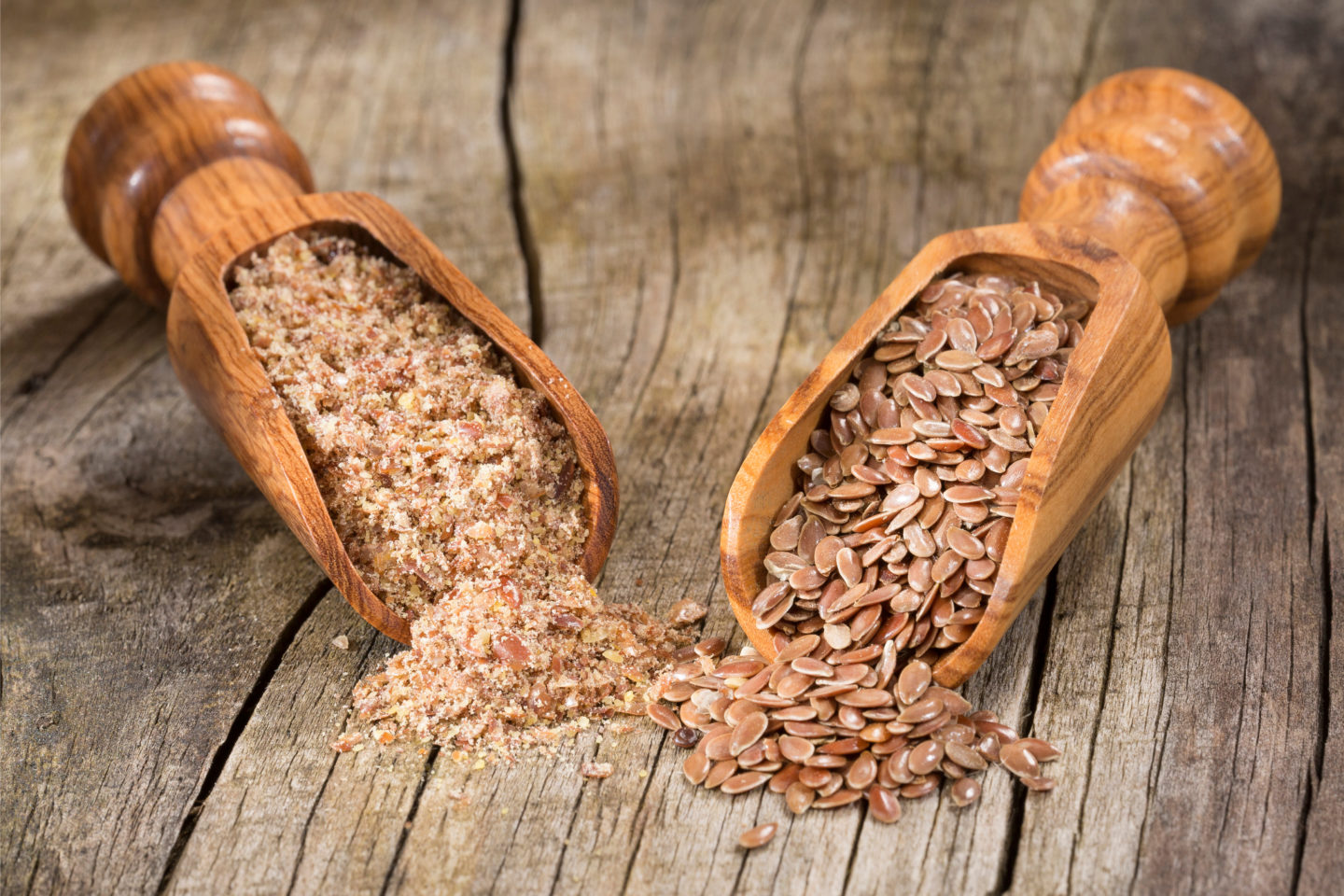
If you’re looking for a healthy substitute, you should try ground flaxseed. These tiny seeds turn into a dark, rough, nutrient-rich powder when ground. Of course, it has a natural thickening factor.
Ground flaxseed also provides a lot of nutritional value. When used as a substitute, you can replace every tablespoon of native wheat starch with half a tablespoon of ground flaxseeds. It will take two to three minutes to thicken the mixture, but it will have a sweet, nutty aroma.
6) Psyllium Husk
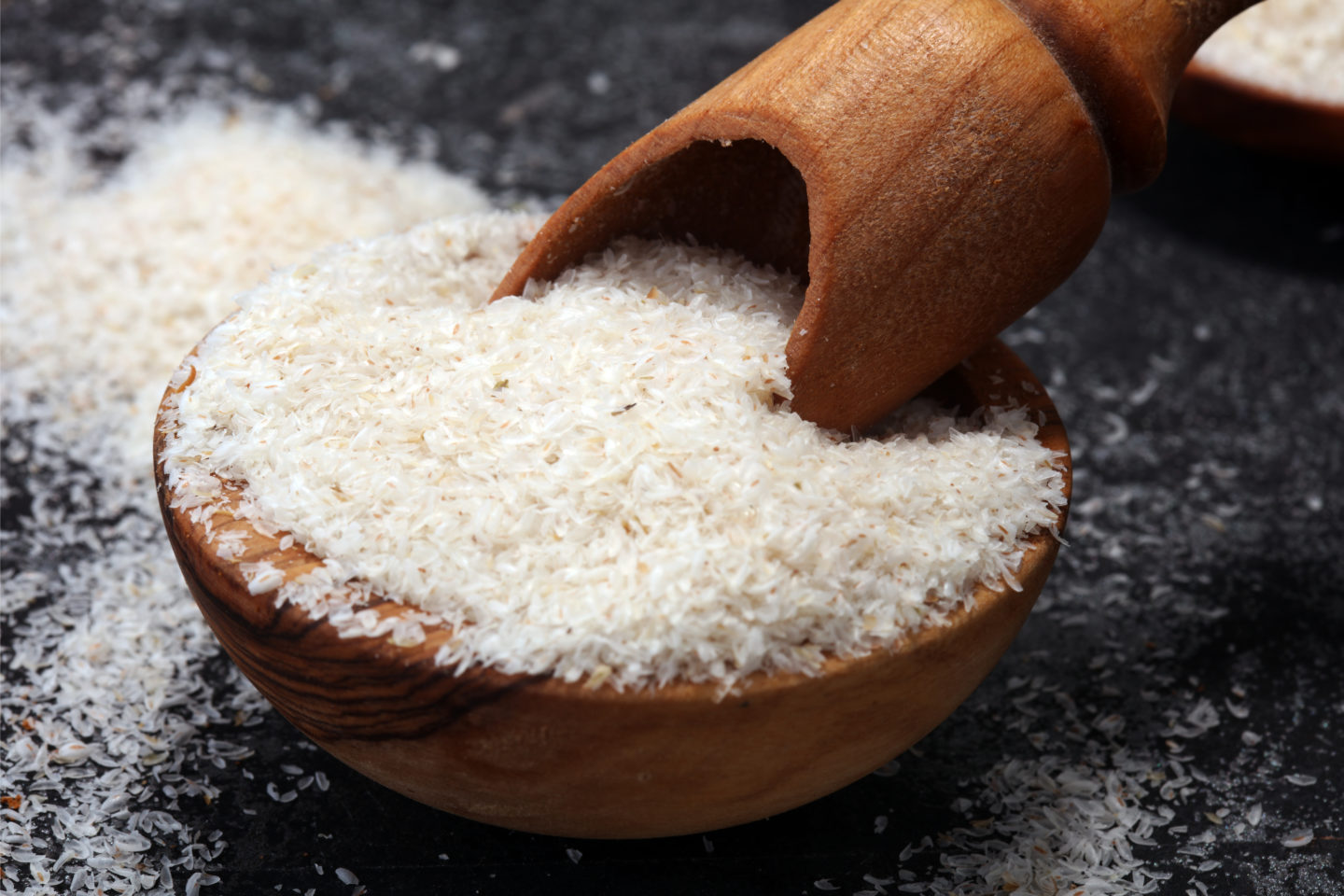
Psyllium husk comes from the Plantago ovata, which has high levels of soluble fiber and low carb content. Psyllium husk is a great thickening agent like the other starches described above. However, this substitute is not as refined as the ones mentioned above, so stirring the mixture completely before heating is necessary unless you have psyllium husk powder available.
Another thing to note is that psyllium husk thickens quicker than wheat starch. When used as a substitute, we recommend using a small amount first and adding more when needed. For every tablespoon of wheat starch required in a recipe, you can add ¼ tablespoon of psyllium husk.
7) Xanthan Gum
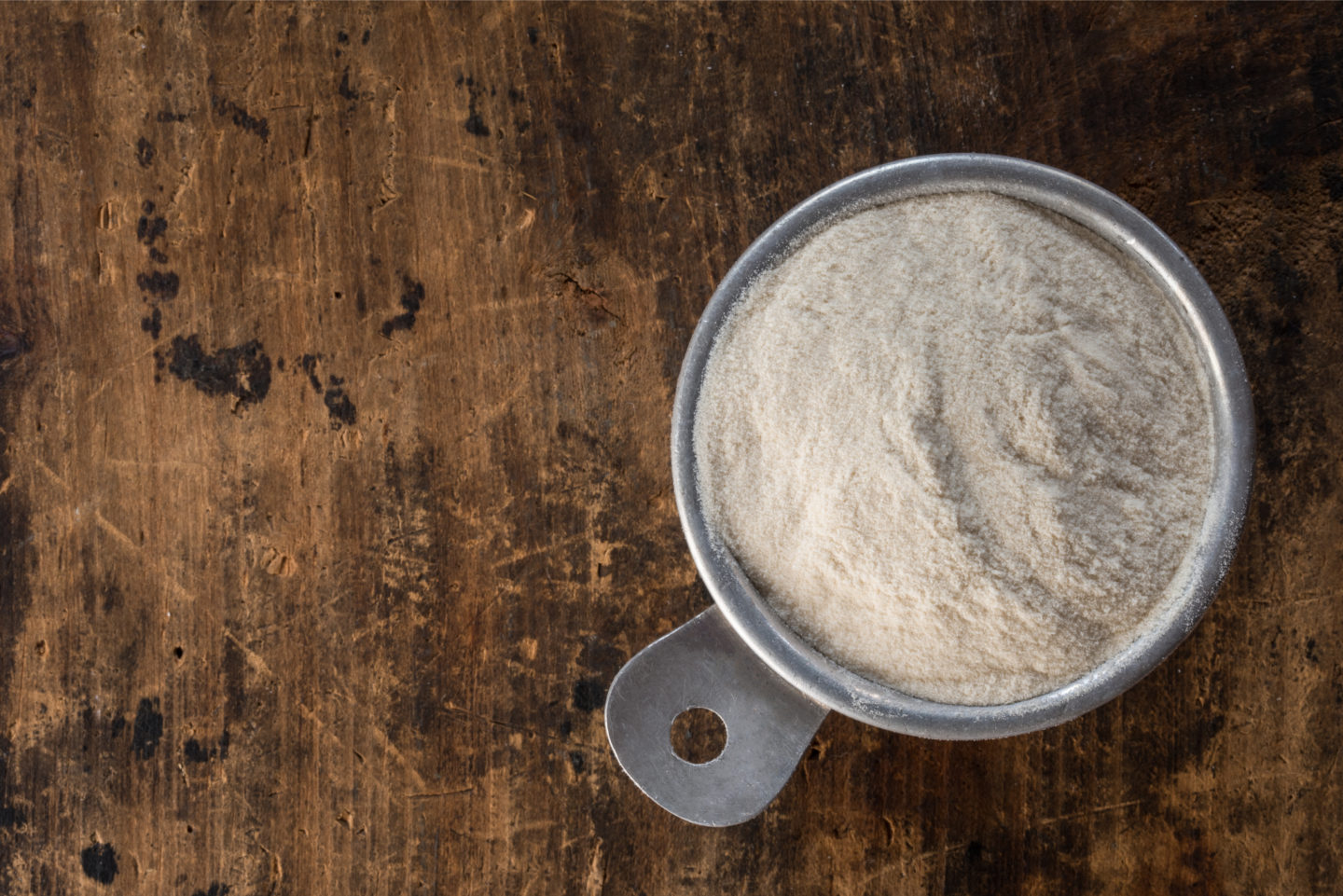
Xanthan Gum is another excellent option. It used to be used exclusively in restaurants or ready-made items, but when the no-gluten trend grew in popularity, xantham gum quickly became marketed.
Xanthan gum provides a glossy slime to dishes. Note that using too much can change a soup’s consistency and cause digestive problems. It thickens the liquid without changing the color or taste of the dish. When used as a wheat starch substitute, you can use it in a 1:1 replacement ratio.
8) Guar Gum
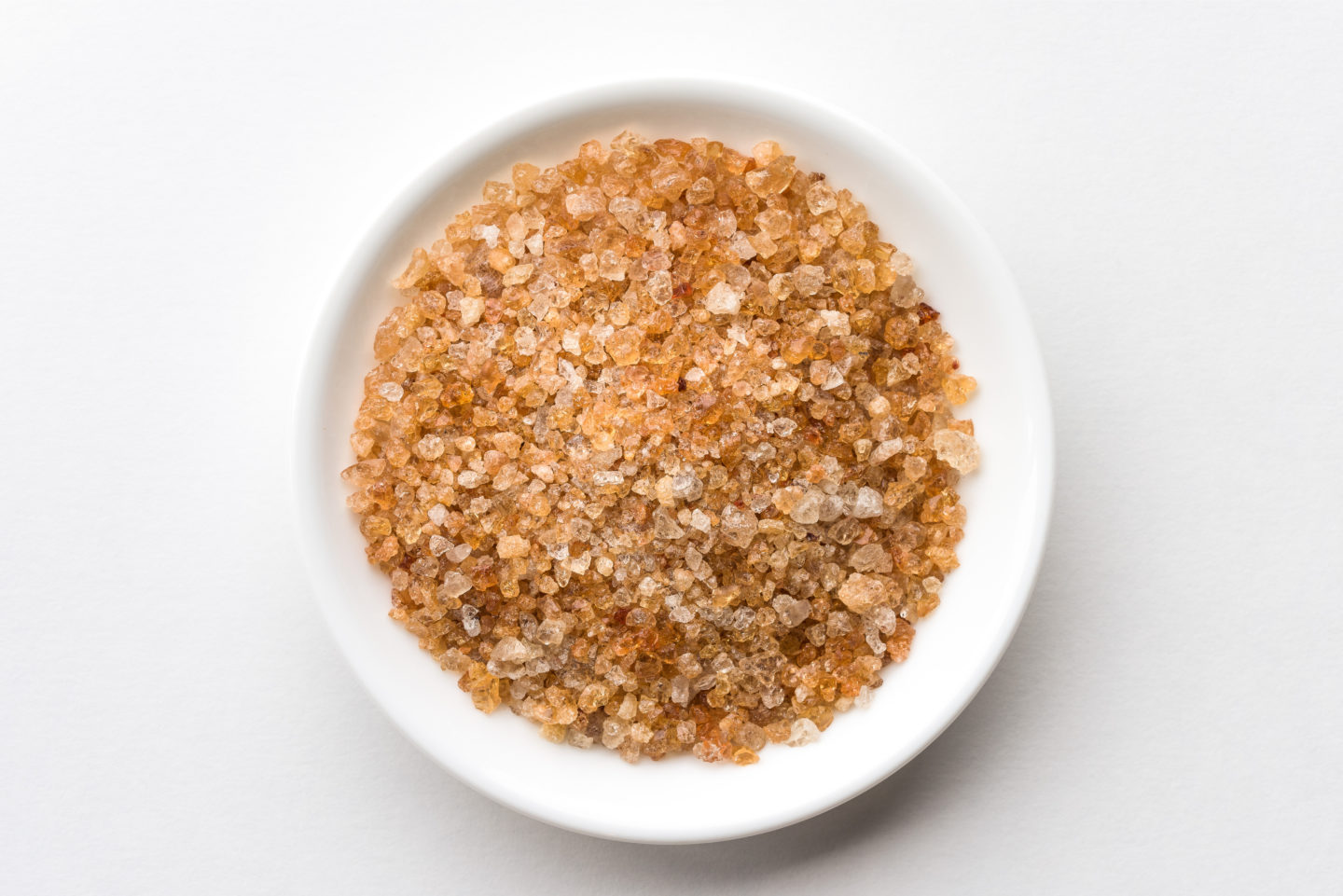
Guar gum is another vegetable gum that can replace wheat starch. Unlike xanthan gum, guar gum does not cause any adverse effects on one's digestive health and is more straightforward, too.
Guar gum also contains high levels of soluble fiber with low calories. However, guar gum is a very thick substance, so using only a tiny amount should do the trick. When used as a wheat starch substitute, you only need to replace every tablespoon of wheat starch with ⅛ tablespoon of guar gum. Since it is straightforward, no special preparations are required when using guar gum.
9) Glucomannan
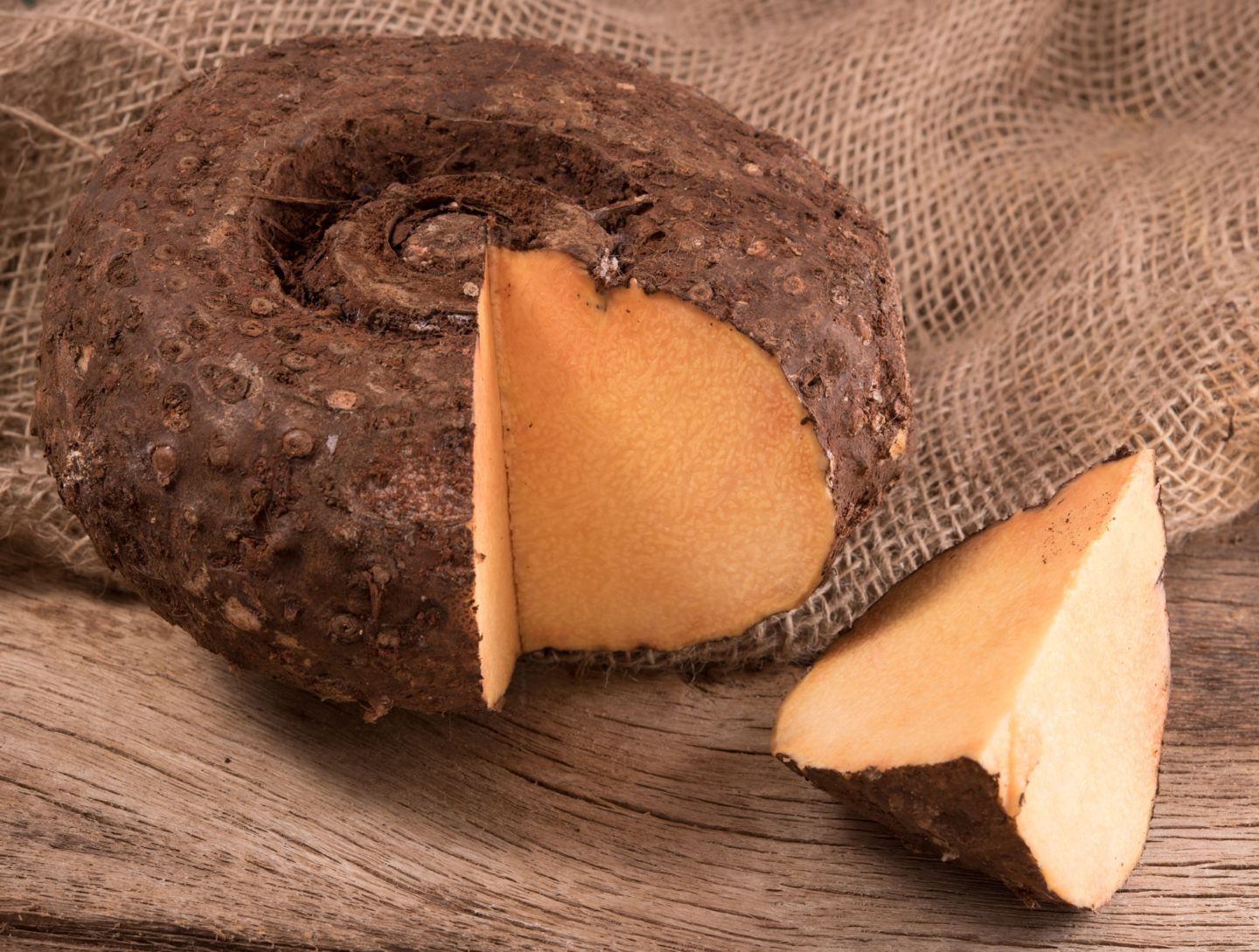
Glucomannan is a water-soluble dietary fiber found in nature. It comes from elephant yam roots (also known as konjac) and is usually used as a dietary supplement to help people lose weight faster and prevent constipation. This substitute is available as a powder, a drink mix, and a culinary ingredient.
Glucomannan is a versatile thickening agent used for pasta, noodles, and soups. When used as a wheat starch substitute, we recommend replacing every tablespoon of wheat starch with half a tablespoon of glucomannan and adding more when needed.
10) Mung Bean Starch
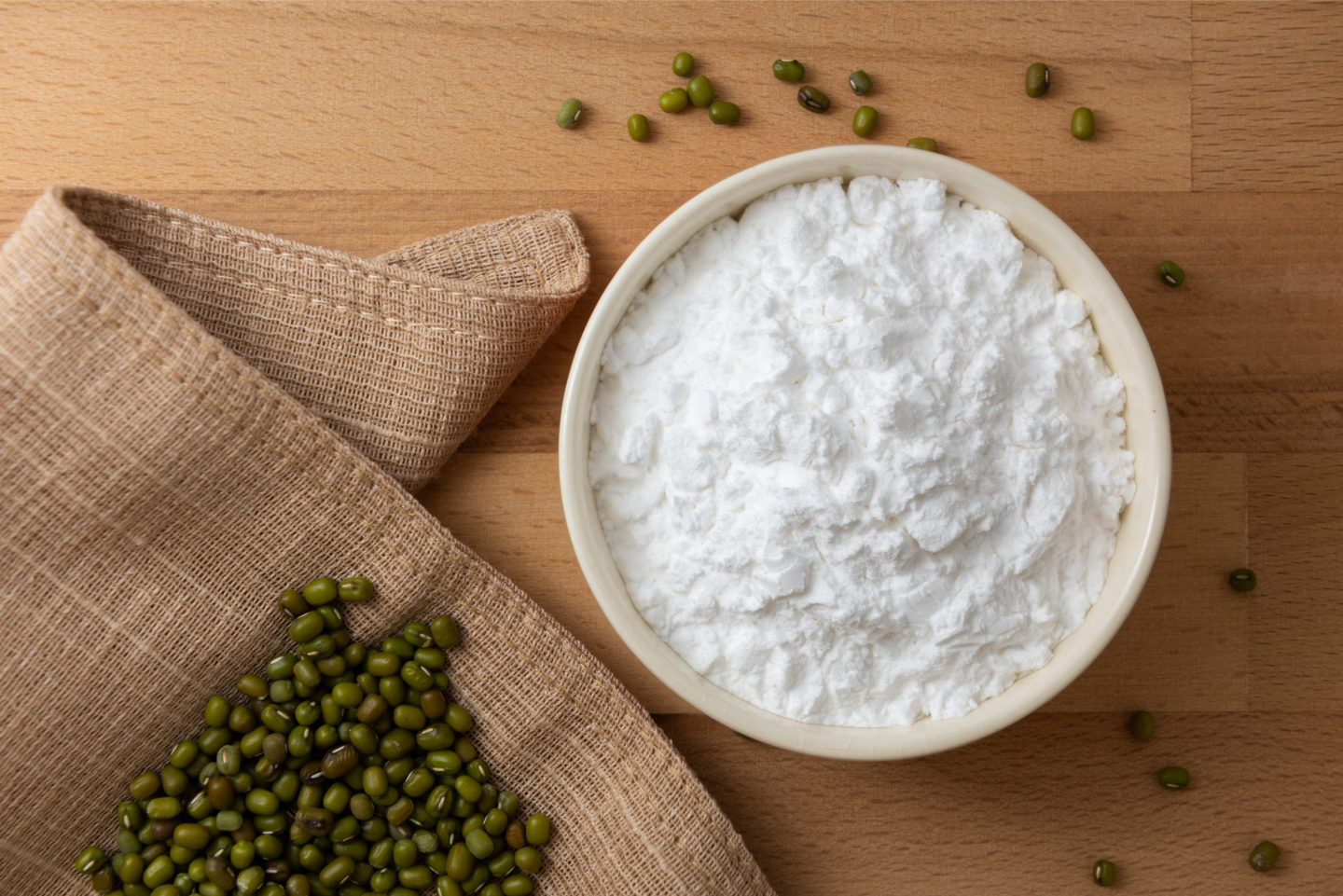
If you’re looking for a protein-rich substitute for wheat starch, you should try mung bean starch. This starch is made from green gram or mung bean and often used for sweet and savory dishes. It is also often used for vegan dishes since it is rich in protein with low carb content.
When used as a substitute for wheat starch, you only need to use a 1:1 substitution ratio. Since this is a type of starch, there won’t be any critical changes in the measurement and preparation. However, note that mung bean starch is rich in resistant starch and isn’t easily digested.
11) Water Chestnut Starch
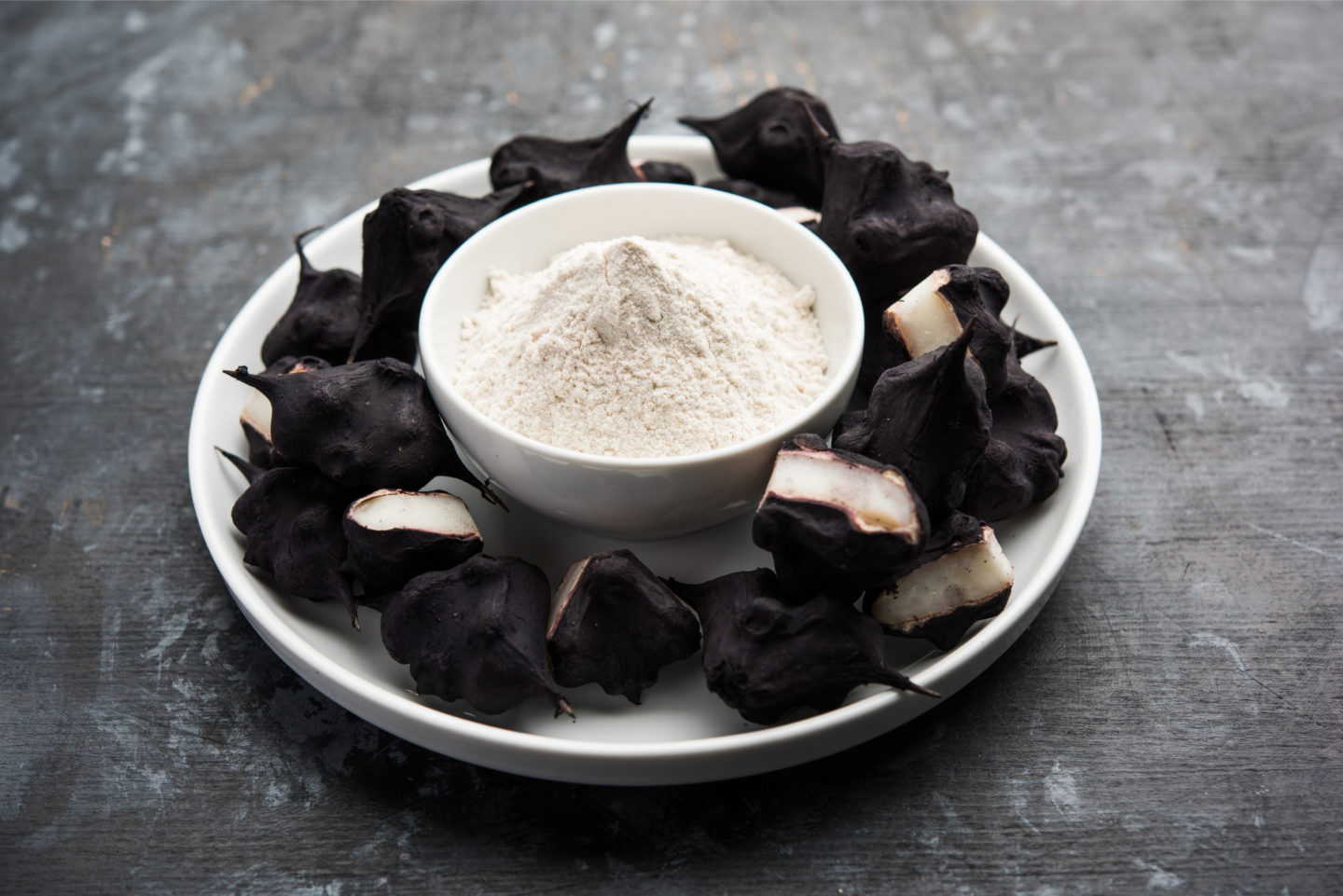
The aquatic tuber vegetable water chestnut thrives in marshes, ponds, and small lakes. Despite its name, the chestnut isn't actually a nut. However, its starch is versatile and great for thickening soups and sauces and making fried food crisper.
When used as a substitute for wheat starch, you only need to do a 1:1 replacement ratio. Using this substitute will add sheen to your dish and a nutty aroma.
12) Sweet Potato Starch
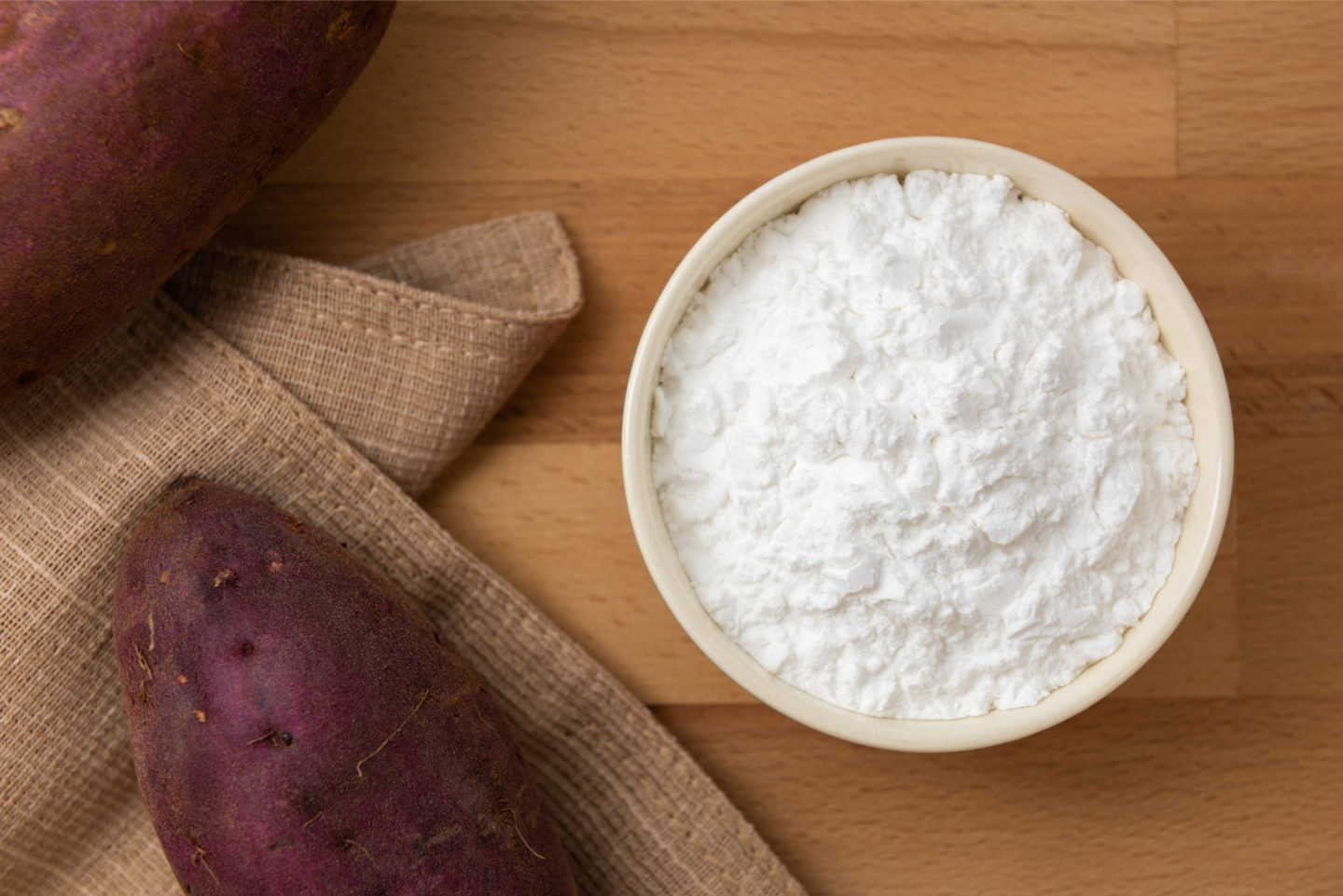
Sweet potato starch is another fiber-rich substitute for wheat starch. With a whopping 50% fiber, this alternative is one of the healthiest starches on the list. It is also made of 43% starch molecules, which is lower than wheat starch, so you have to use more when substituting.
As the name implies, sweet potato starch has a slightly sweet taste that blends well with many dishes. With its starch content, it is best used in making batters and coatings and stir-fries and stews. To use as a substitute, start by replacing every tablespoon of wheat starch with one and a half tablespoons of sweet potato starch.
13) Gelatin
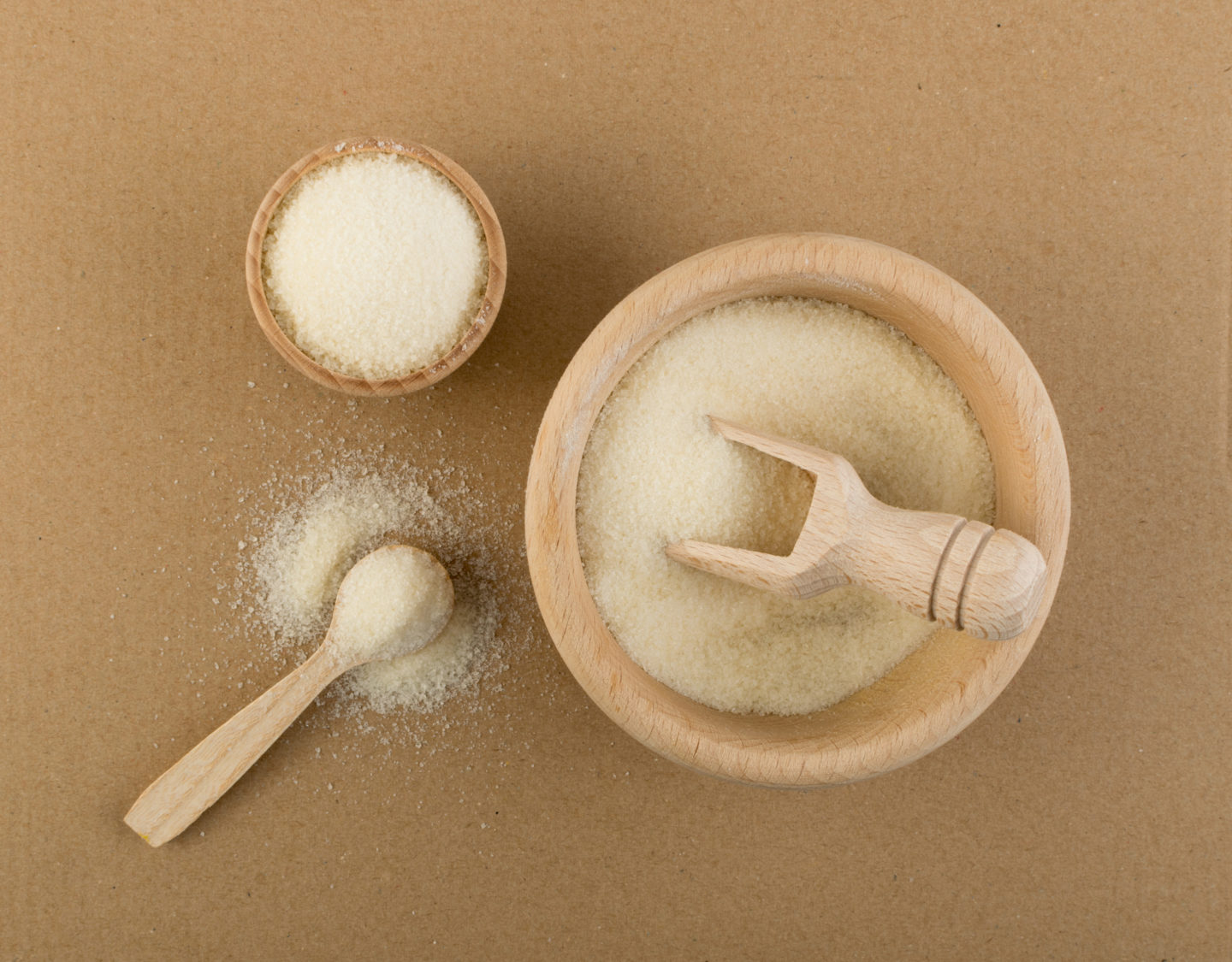
Although most commonly used in desserts, you can use gelatin in cooking when in a pinch. Unlike starches that thicken with heat, gelatin is used differently since it thickens while it cools down. However, you can use it when making gravy and other sauces.
To use as a substitute, start by replacing every tablespoon of wheat starch with a tablespoon of gelatin. Before placing in heat, make sure to dissolve the gelatin properly to avoid any clumps. As mentioned, gelatin starts to thicken when it cools down, so you won’t notice any thickening while the mixture is boiling.
Summary Table
| Substitutes | Notes |
|---|---|
| Cornstarch | Best substitute. Highly available, offers a neutral taste, and thickens like wheat flour. |
| Potato Starch | A flavorless root starch. Great for any dish but may break down at high temperatures. |
| Tapioca Starch | Adds a glossy sheen to dishes. Should only be bought from trusted sources as it may contain cyanide. |
| Rice Starch | Contains no flavor and acts as a great binding agent. You can use rice flour, but it contains gluten. |
| Arrowroot Powder | Great for frying batters. Contains high levels of fiber and B vitamins and can withstand acidity. |
| Ground Flaxseed | The healthiest substitute. Rougher in texture and darker in color but produces a sweet, nutty aroma. |
| Psyllium Husk | Thickens quicker than wheat starch. Rich in fiber and has low carb content. |
| Xantham Gum | A thickening agent made from bacteria. Provides a slimy sheen to dishes. |
| Guar Gum | A very thick substance. Contains low calories and high soluble fiber. Great for every recipe. |
| Glucomannan | Originally used as a weight-loss solution but is a great all-around thickening agent. |
| Mung Bean Starch | A protein-rich alternative that’s perfect for vegan consumers. Great for sweet and savory dishes. |
| Water Chestnut Starch | Another substitute for weight loss. Great for soups, sauces, and fried foods. |
| Sweet Potato Starch | A fiber-rich starch that’s great for batters and coatings. Has a slightly sweet taste. |
| Gelatin | A great substitute when in a pinch. Excellent for sauces and gravies and is highly available. |
Related Questions
Yes. Flours, like wheat starch, are great for thickening soups, sauces, and other dishes that require starch. Good alternatives include wheat flour, wheat starch flour, coconut flour, arrowroot flour, almond flour, all-purpose flour, sweet rice flour, tapioca flour, cassava flour, and potato flour.
As the name implies, wheat starch comes from wheat, and cornstarch comes from corn. Although both differ in their thickening power, they share the same texture, clarity, and paste characteristics. Wheat starch also thickens at a lower temperature, while cornstarch at a higher temperature.

Leave a Reply